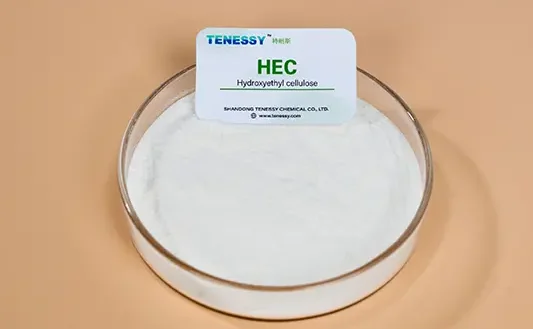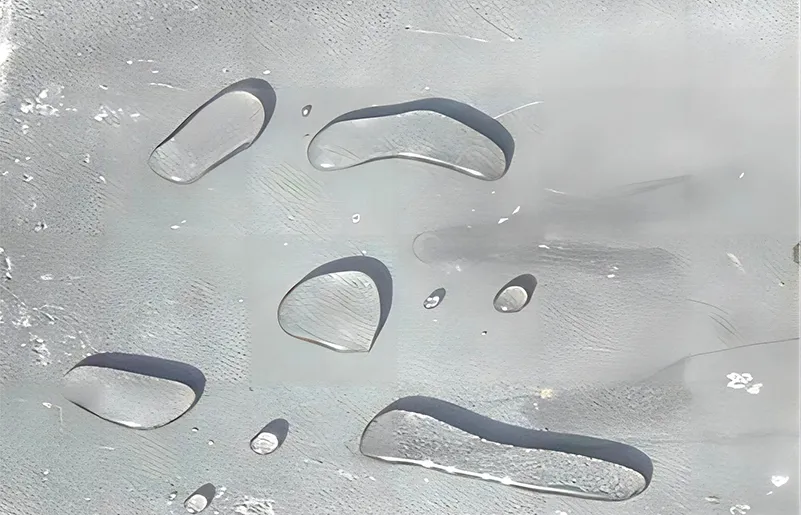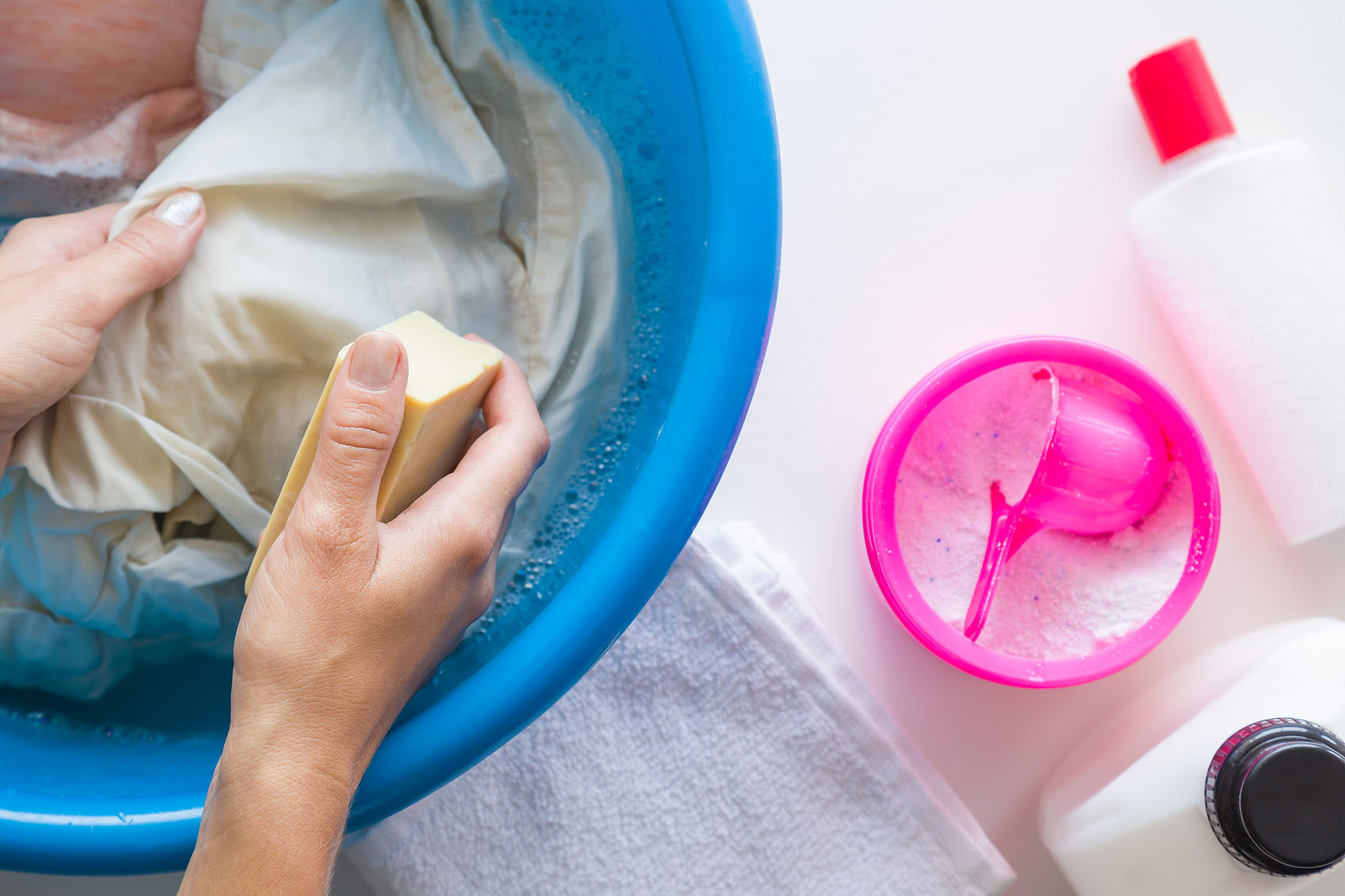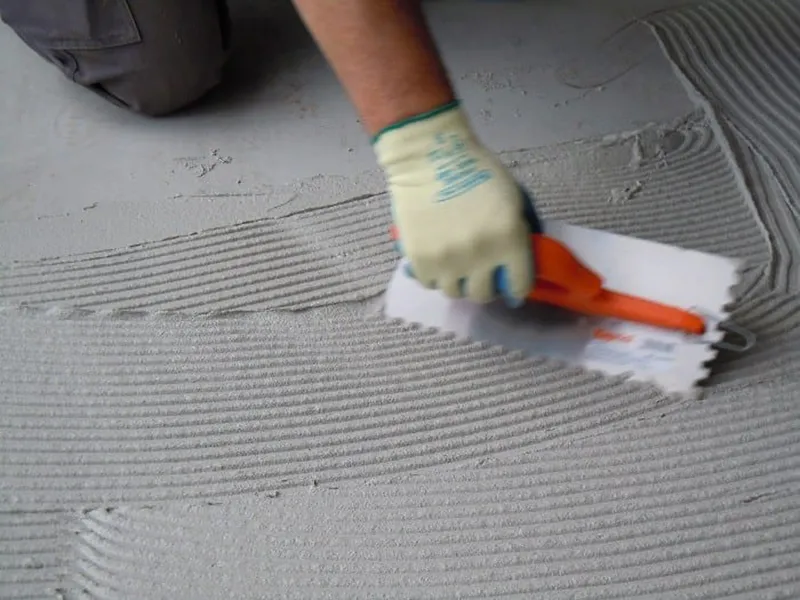
I.What is Hydroxyethyl Cellulose (HEC)?
Hydroxyethyl cellulose (HEC) is a water-soluble polymer derived from cellulose. Cellulose is the main structural component of the cell wall of the refined cotton plant.HEC is made by chemically modifying cellulose with ethylene oxide to introduce hydroxyethyl groups into the cellulose chain. This modification increases the solubility of cellulose in water and improves its thickening and stability, making it an ideal ingredient for cosmetic formulations.
The non-ionic character of HEC also determines its stability over a wide pH range. Its solubility is not affected by pH and it is compatible with a wide range of cosmetic ingredients. Hydroxyethyl cellulose produces a smooth gel texture that is valuable in skin and hair care products.

II. Why Hydroxyethyl Cellulose is Used in Cosmetics
Hydroxyethyl cellulose has a wide range of multi-functional properties, so it is widely used in cosmetics:
✅ Thickening and stabilizing: Hydroxyethyl Cellulose increases the viscosity of cosmetic products, giving them a fine texture, while helping to stabilize emulsions and suspensions.
✅ Improves texture and consistency: It enhances the sensory touch of products, making them easier to apply and absorb into the skin.
✅ Improved product shelf life: HEC prevents ingredient separation and helps maintain product consistency over time.
✅ Compatibility with other ingredients : The non-ionic nature of hydroxyethyl cellulose allows it to work well with anionic and cationic surfactants, oils and active ingredients without causing instability.
III.Key Uses of Hydroxyethyl Cellulose in Cosmetics
1.Skin Care Products
Hydroxyethyl cellulose is a common ingredient in moisturizers, lotions and serums. It retains moisture and has a smooth texture, making it ideal for improving the feel and spreadability of these products. It also helps emulsify oil- and water-based ingredients, ensuring consistency in formulations.
2. Hair Care Products
In hair care products, hydroxyethyl cellulose is used as a thickener and film-former to improve product stability and enhance the effectiveness of shampoos, conditioners and styling gels.

3. Makeup
HEC can be used in a wide range of color cosmetics to improve texture and application. Its film-forming properties ensure a smooth, even finish.
4. Cleansing Products
HEC is commonly used in facial cleansers, body washes and makeup removers to improve texture and foam stability.
IV.Benefits of Hydroxyethyl Cellulose uses in Cosmetics
Hydroxyethyl cellulose has become an important ingredient in cosmetic formulations and offers many benefits:
✅ Non-irritating and gentle – Hydroxyethyl cellulose is non-toxic and hypoallergenic, making it suitable for sensitive skin.
✅ Enhances product stability – It prevents phase separation and maintains homogeneity over time.
✅ Improves sensory experience – HEC creates a soft, smooth texture that enhances the feel of the product when applied.
✅ Compatible with a wide range of formulations – Hydroxyethyl Cellulose is non-ionic and can be used with both water-based and oil-based ingredients.
V.How to Formulate with Hydroxyethyl Cellulose
When formulating with hydroxyethyl cellulose, proper handling is required to ensure optimal performance.
Recommended Concentration: Hydroxyethylcellulose is typically used at concentrations ranging from 0.1% to 2.5%, depending on the type of product and desired texture.
Mixing and Dissolving: HEC should be added slowly to water while stirring to prevent agglomeration. It hydrates better in cold water and the viscosity can be adjusted by adjusting the pH.
Compatibility: Hydroxyethylcellulose is stable over the pH range of 3 to 10 and works well with most surfactants and active ingredients.

VI.Differences Between HEC and Other Cosmetic Additives
HEC is characterized by its smooth texture, high pH stability and compatibility with a wide range of ingredients, making it more versatile than many other thickeners.
| Additives | Key Difference | Texture Impact | Stability | Compatibility |
| HEC | Non-ionic, stable across pH ranges | Smooth and luxurious | High  | Works with anionic and cationic ingredients |
| Xanthan Gum | Anionic, sensitive to electrolytes | Slightly sticky | Moderate | Less compatible with cationic surfactants |
| Carbomer | High thickening at low concentration | Gel-like, slightly tacky | High | Not compatible with high salt levels |
| Guar Gum | Natural but less transparent | Thick and creamy | Moderate | Reduced performance with electrolytes |
| Methylcellulose | Limited pH stability | Soft and flexible | Moderate | Sensitive to high temperatures |













